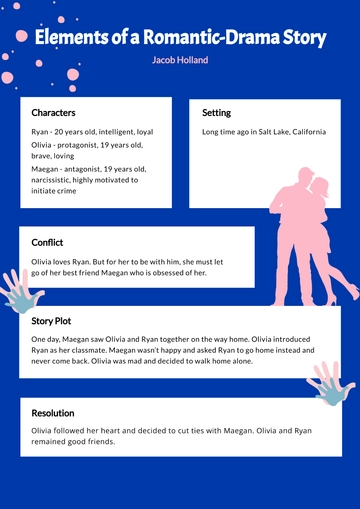Dussehra History
Dussehra, also known as Vijayadashami, is one of the most significant Hindu festivals, celebrated at the end of Navratri every year. Its name, derived from the Sanskrit words "Dasha" (ten) and "Hara" (defeat), symbolizes the victory of good over evil. It commemorates the triumph of Lord Rama over the demon king Ravana, as narrated in the ancient Hindu epic, the Ramayana. According to the legend, Ravana, the ten-headed ruler of Lanka, kidnapped Lord Rama’s wife, Sita. After a long and arduous battle, Rama, with the help of his loyal brother Lakshmana, the monkey god Hanuman, and an army of allies, defeated Ravana, marking the day of Dussehra as a celebration of this victory.
In addition to its association with Lord Rama, Dussehra also has roots in the Mahabharata. It is believed that on this day, the Pandavas, after spending 12 years in exile, retrieved their weapons hidden in a tree and went to war against their rivals, eventually winning the epic battle of Kurukshetra. This victory is another layer of Dussehra's symbolic meaning, representing righteousness overcoming evil.
Dussehra is celebrated with great enthusiasm across India, though customs vary regionally. In northern India, the day is marked by dramatic reenactments of the Ramayana, known as Ramlila, and the burning of effigies of Ravana, Meghnath, and Kumbhakarna to symbolize the destruction of evil. In the southern states, Dussehra is part of the larger Navratri festival, honoring the goddess Durga's victory over the buffalo demon Mahishasura. In Mysore, Karnataka, the festival is celebrated with grand processions and the lighting of the Mysore Palace.
Overall, Dussehra embodies the timeless theme of good triumphing over evil, making it a festival of joy, hope, and renewal for Hindus worldwide.
Dussehra Templates @ Template.net






























